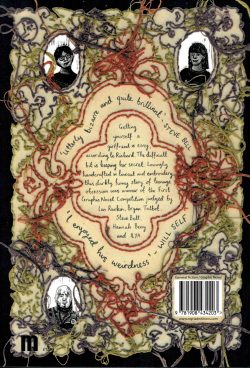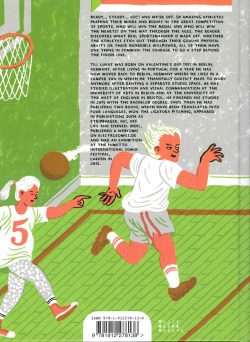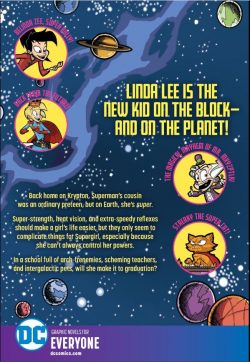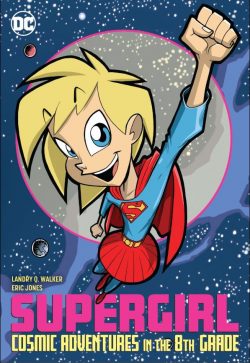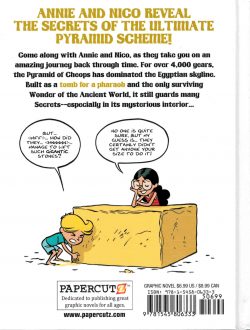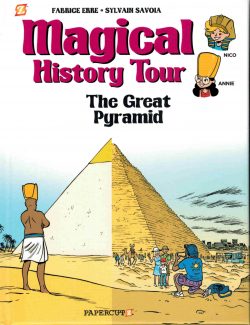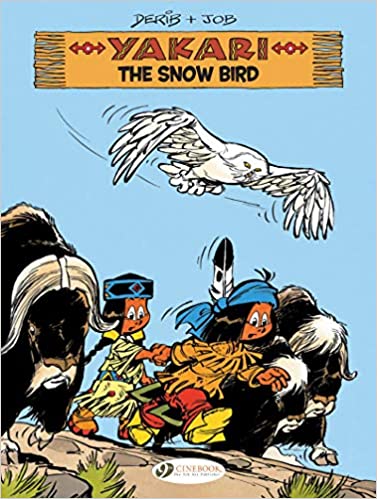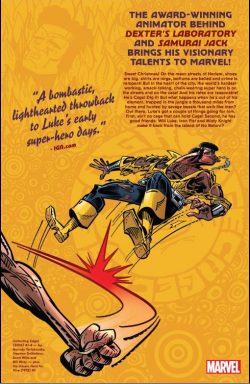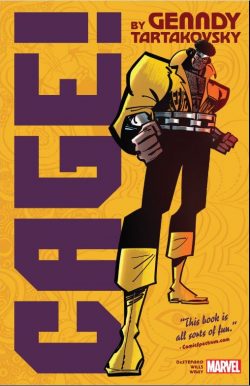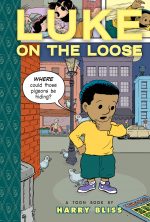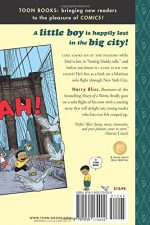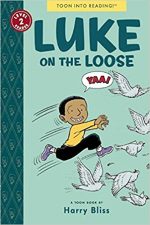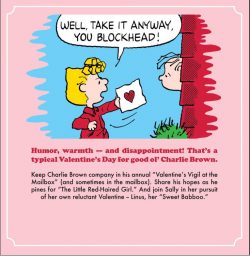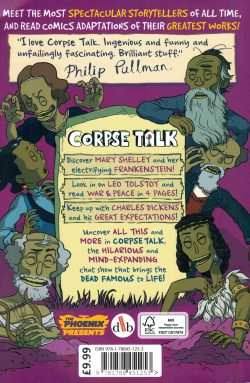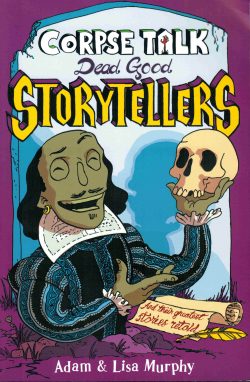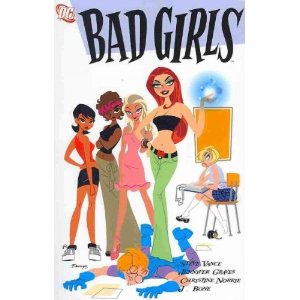
By Steve Vance, Jennifer Graves, Christine Norrie, J. Bone & Daniel Krall (DC comics)
ISBN: 978-1-4012-2359-5 (TPB)
Ever since English-language comics proudly proclaimed they weren’t “just for kids anymore†the industry and art form has struggled to produce material to appeal to young consumers and a general teen readership.
Girls. We’re talking about girls. We’ve never been able to keep enough girls reading comics – or even talking to us, if I’m brutally honest. Flooding the market with derivations of popular shows, or adaptations of movies, toys and trends, has never addressed the issue.
Haunted by a terrifying suspicion that the core buyers were a specific hooked generation who aged with the passing years and would die out without renewing or replenishing the buying base, mainstream companies have, since the 1990’s, frantically sought ways to make the medium as attractive to new and youthful buyers and potential fans.
Fighting a losing battle on format – it’s always going to be sequential pictures, whether on a screen or in some kind of book or pamphlet, requiring a basic ability to read – and never able to combat the vibrant, bells-and-whistles immediacy of TV, DVDs, streamed video or games consoles, comic producers, apparently distrusting the basic innate strengths of our medium, could only repeatedly attempt to appeal to young consumers’ other sensibilities and interests.
Leaving aside the obvious – and ancient – failed tactic of making comicbook iterations out of their perceived rival entertainments, the only other way to entice newbies into our playground has been to widen the genre divides and offer fresh or imported ideas, stories and art styles that (like manga) might appeal to people who don’t normally think of comics as entertainment.
Sadly most of those – good, bad or indifferent – went unread anyway, because they were only advertised in comics and retailed through dedicated in comicbook stores – infamous as impenetrable girl-free zones…
One such delightful yet tragically lost experiment was released by DC as a 5-part miniseries in 2003. Author Steve Vance’s best comics work is child-accessible, with long and intensely enjoyable runs on the animation-inspired Adventures in the DC Universe and Simpsons Comics (among others) and in this witty blend of high school comedy and science fiction conspiracy movie, he and artist co-creator Jennifer Graves had a huge amount of sly fun producing what could still be a perfect Teen Movie in the manner of Heathers, Bring It On, Mean Girls, John Tucker Must Die or even Teen Wolf.
As a comic book, however, it just never found the wide audience it deserved. Yet here I am, telling you to track it down and give it a shot…
Apparently, almost every American kid endures the savage crucible of organised education, and the youthful attendees of San Narciso High are a pretty typical bunch. Even in a brand new institution opening for its very first day, there are the faceless majority and nerds and jocks and the popular ones: all part of the mythically perennial melting pot.
… And then there’s Lauren Case, a forthright, sensible young lady who has changed schools many, many times.
In ‘Girl Power’ she starts off well-enough, safely lost in the crowd, but before the first morning is over, an acrobatic and painful encounter with science geek Ronald Bogley leads to a face off with the community’s ultra-spoiled princesses Tiffany, Brittany, Destinee and Ashley.
Ms Case suffers the hallowed punishment of a crushing snub from the haughty Mean Girls whilst the Jock Squad – ever eager to impress the de facto rulers of the roost – treat poor Ronald to the traditional watery going-over in the restrooms. However a dunking in the oddly purple toilet water results, for just a split second, in the nerd gaining the strength to smash walls in his bare hands. Alert to all sorts of possibilities, Ronald fills a drinking bottle with the lavender lavatory liquid for testing in his lab…
Later in science class Lauren is partnered with Ronald and inadvertently blows up the lab, but at least she makes friend out of quick-thinking Simone who puts out the resultant conflagration.
At the end of a very trying first day Lauren offers a hand of peace and guiltily patronising friendship to the bespectacled geek – who is utterly smitten with her – when the Princess Pack turns up, intrigued that the new girl’s propensity for mischief and mayhem might make her eligible for their condescending attention. She might even, with a lot of hard work, become one of them…
Knowing anything they want is theirs by divine right, the girls drink the strange purple juice Ronald left and invite Lauren to join them at a club that night…
With their departure Ronald comes out of hiding and shows her his science project; lab mice Snowie and Doodles who are demonstrating increased vitality after drinking the purple potion he “discoveredâ€â€¦
Hating herself, Lauren joins the Popular People at Club Trystero and strikes up a conversation with Simone, but quickly drops her when the anointed ones show up. Soon she is lost in the swirl of drink, music and attentive, fawning, testosterone-fuelled boys but gets a severe unreality check when the spoiled ones abruptly begin demonstrating super-powers (Brittany – shape-shifting, Destinee – invisibility, Tiffany – flight and Ashley – super-strength), trashing the place with sublime indifference and their usual casual disregard to consequences.
Knowing that the insanely entitled girls will be more vile and malicious than ever, she tells Ronald, who reveals that after closely observing his beloved mice, he’s discovered that the liquid only imparts permanent abilities to females.
He then suggests that Lauren become a superhero to battle Tiffany and her terrible tarts, but naturally she hotly rejects his insane suggestion. Realising only he can now stop the bad girls, Ronald rushes to the toilets for more of the purple water only to find a repair crew fixing the damage he caused and the water there is fresh, clear and very, very, normal…
In ‘Party Girls’ (illustrated by Christine Norrie & J. Bone) the Petty, Pretty Things are going firmly off the rails, with stealing test answers and framing others for indiscretions – just because they can – quickly graduating to raiding ATMs, purloining booze and shop-lifting.
Meanwhile Ronald accidentally stumbles upon the true source of the purple power juice and begins more testing, unaware that a Federal investigation team is covertly examining the damaged washroom and other odd occurrences in San Narciso…
At an unsanctioned party the girls go wild, at last realising that their incredible abilities can make them… celebrities!
In her egomaniacal smugness Tiffany causes one boy severe injury but when the police arriveBrittanyturns into a cop and “escorts†her sinister sisters out of custody…
Narrowly escaping arrest herself, Lauren awakes the next morning feeling awful and gradually realises that she can read minds…
With her new cacophonous and distracting ability it doesn’t take long to discover that Ronald has dosed her with the mystery fluid, but ‘Mindfield’ offers temptation beyond endurance, as her power – once she gets the hang of it – makes Lauren’s life so much easier. Still a probationary member of Tiffany’s clique, she also becomes privy to the terrified intimate thoughts of Destinee, Ashley and Brittany, and what they really feel about themselves and their self-obsessed leader. Aware of how close to the dark side she has drifted, Lauren confides everything to Simone. Meanwhile Agents Osgood and Buckner are keenly watching the Bad Girls’ every move and when Destinee is caught shoplifting again a frantic chase results in the invisible girl’s death…
‘Girl, Intercepted’ (art by Norrie & Daniel Krall) opens at the funeral with Destinee, Ashley and Tiffany far more concerned about how they’re dressed than the fate of their departed… associate… uncaring of the rumours now circulating. Lauren decides to use her power to surreptitiously help her school mates and teachers – although for some reason she cannot read science teacher Mr. Heisenberg’s mind – but Ronald has his own problems: Snowie and Doodles have broken free of their cage and escaped…
At least that’s what Heisenberg wants the geeky kid to believe…
Events come to an unbelievable head after the girls finally discover Lauren’s sneaky secret power and throw her out of a skyscraper, before going on one final petulant rampage. In a torrent of frantic revelation the agents’ true aims are exposed, the origin of the power-potion disclosed, Heisenberg’s schemes are uncovered and a few more astounding surprises unleashed in ‘All Bad Things Must Come to an End’: a thrilling and cynically satisfying conclusion that will delight fun-loving readers and viewers alike.
This fabulous engaging tome also includes the gallery of spiffy covers by Darwyn Cooke and a Sketches section of Jennifer Graves’ production designs.
© 2003 Steve Vance and Jennifer Graves. All Rights Reserved. Cover, text and compilation © 2009 DC Comics. All Rights Reserved.
